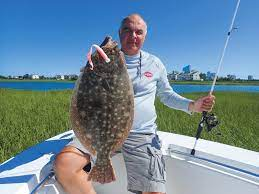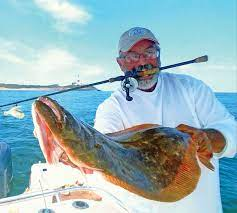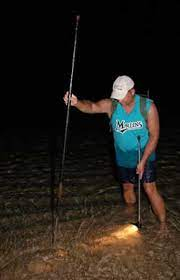Best tide for fluke fishing
A fluke is a kind of fish that is rarely caught by the average angler, but when they are hooked, they are usually a very exciting fight.
If you have a fluke on your line, you’ll want to pull your line out, but the fish may keep fighting until you let go. The best way to remove a hook is to simply run your hand down the line as you would if you were about to unhook your bait. You can also try grabbing the hook from both sides with a pair of pliers and then pulling gently.
If you’re new to fishing, chances are you’re wondering which tide is the best tide for fluke fishing. Here’s a rundown of the four different tides and why they work, with expert advice from the fishing pros.

Can you catch fluke at low tide?
When you’re fishing, there are always two moments in time where you’re at your best odds for success: high tide and low tide. Low tide (the best time) is the moment when the fish are feeding, actively searching for food, and are easier to catch than at high tide (the worst time).
When you are fishing, there are always two moments in time where you are at your best odds for success: high tide and low tide. At high tide, the fish are resting on the bottom and are harder to catch than at low tide. Low tide (the best time) is the moment when the fish are feeding, actively searching for food, and are easier to catch than at high tide. When the tide is high, you can find a bait shop, buy some live bait, and cast it into the water. After a few minutes, you should see some fish. If you don’t, you should buy some live bait again and cast it back into the water.

What is the best tide to gig flounder?
The best tide to gig flounder is the right tide for your fish. You’ll want to check tide times and weather conditions before heading out. Don’t gig flounder on an outgoing tide (when there is too much water in the ocean) and don’t gig flounder on an incoming tide (when the water is too shallow). Make sure the tide is low enough that the fish is exposed for at least two hours, but not too long that it’s exposed to predators.
You might want to check the weather conditions before going to the beach. Some areas of the country have big storms during certain seasons of the year. If you live in one of those areas, then it is better to find a different spot to gig flounder. Also, you want to make sure that the water is low enough so that the fish is exposed to you and your boat. If the tide is too high, then you’ll have to wait for it to drop back down, which could take a long time. Don’t forget about safety. If the waves are high, then you shouldn’t gig flounder. It’s better to wait for the tide to come up again. It will be easier to gig flounder while the water is low. If you see a school of fish, then it means there is a school of baitfish near your creek mouths. They will probably be attracted to the baitfish that you dropped in the water. If you are lucky, then you could be rewarded with some nice flounder.

What is the best bait for fluke?
The best bait for flukes is the bait that is the least expected world record fluke. When the bait is least expected, it catches the most fish. So if you’re trying to catch flukes, set up a trap near known hot spots where you have no real reason to suspect that the bait will be successful. That way, the flukes you catch will be a pleasure.

If you want to catch flukes, you have to use different kinds of bait. The best bait is the least expected one. This is called the bait that is least expected because there is no real reason to suspect that it would be effective. For example, if you put a small piece of bread on a hook, it would be an easy bait to fish for flukes. But, if you do that, there is a high chance that you will catch some bait fish that would normally not be caught. That would be bad for you and me since I like eating fish. Instead of using bread, you could use a piece of squid or some other seafood that is popular with fish. You can also use a rock or an old tire filled with peanut butter. When you are trying to catch flukes, set up a trap near known hot spots but where you have no real reason to suspect that the bait will be successful using sand eels on a falling tide in deeper water. That way, the flukes you catch will be a pleasant surprise.
What is the best time to catch flounder?
Flounder fishing can be a tricky business. The fish are usually caught from boats and can be difficult to target precisely, especially if they’re moving around flounder inshore. The best time to catch flounder is at dusk and dawn when visibility is low and the fish are feeding.
When you are fishing on channel edges, you should make sure that you keep a steady motion. Try not to move up and down or back and forth like a juvenile fish. You may be able to catch more fish if you remain calm. If you do it right, you will be successful. If you are fishing in deep water, it is better to use a lure instead of a bait. A lure will make your bait look like a piece of food, and it will attract the fish to it.



